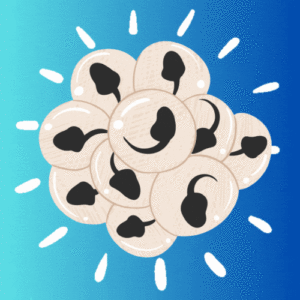Play some of our games to learn about tadpoles, their life cycles and their diets!

Explore a pond, find food, and learn about the life-cycle of frogs! This educational game was designed to teach children all about tadpoles and the environment they live in through fun and engaging game-play, in a beautiful 2D world.
Guide newly hatched tadpoles through the depths of a randomly generated pond, hunting prey and scavenging for food until it grows into a frog! But watch out – tadpoles aren’t the biggest thing in the water; keep an eye out for predators!
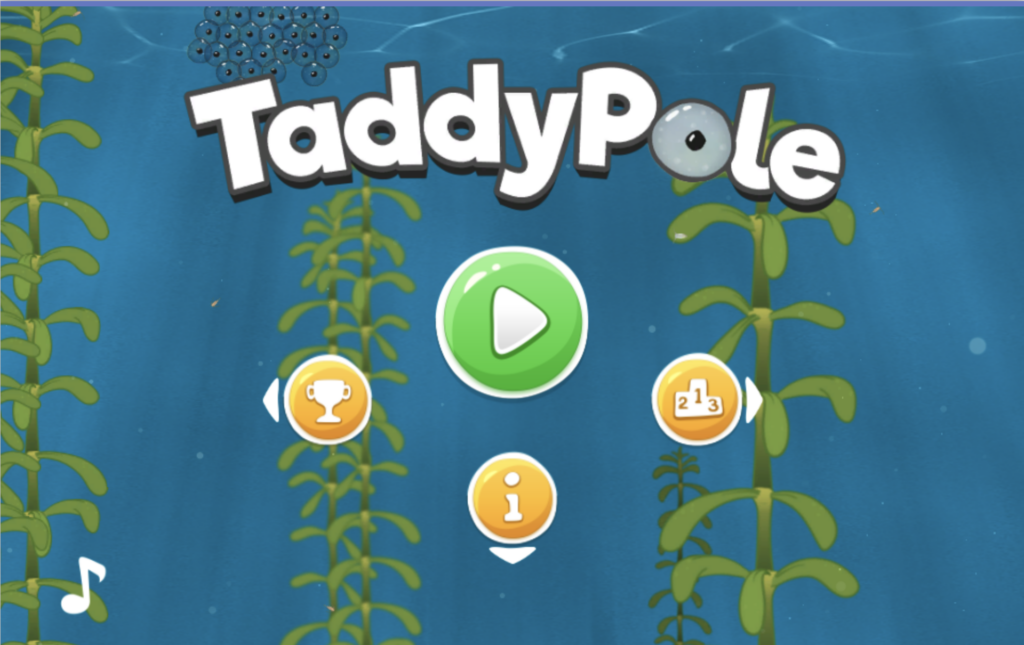
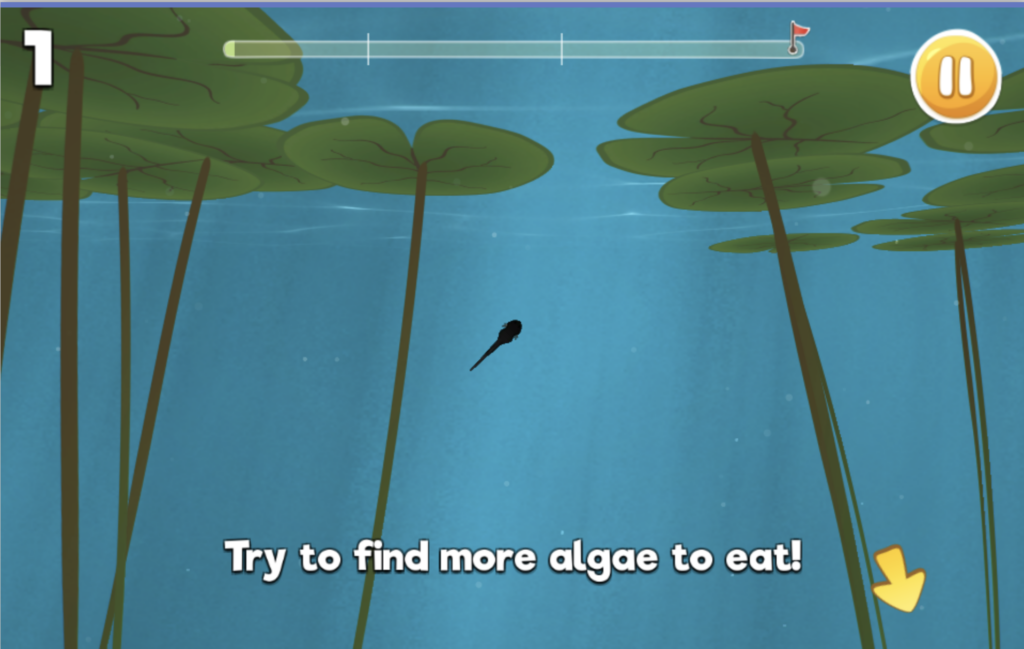
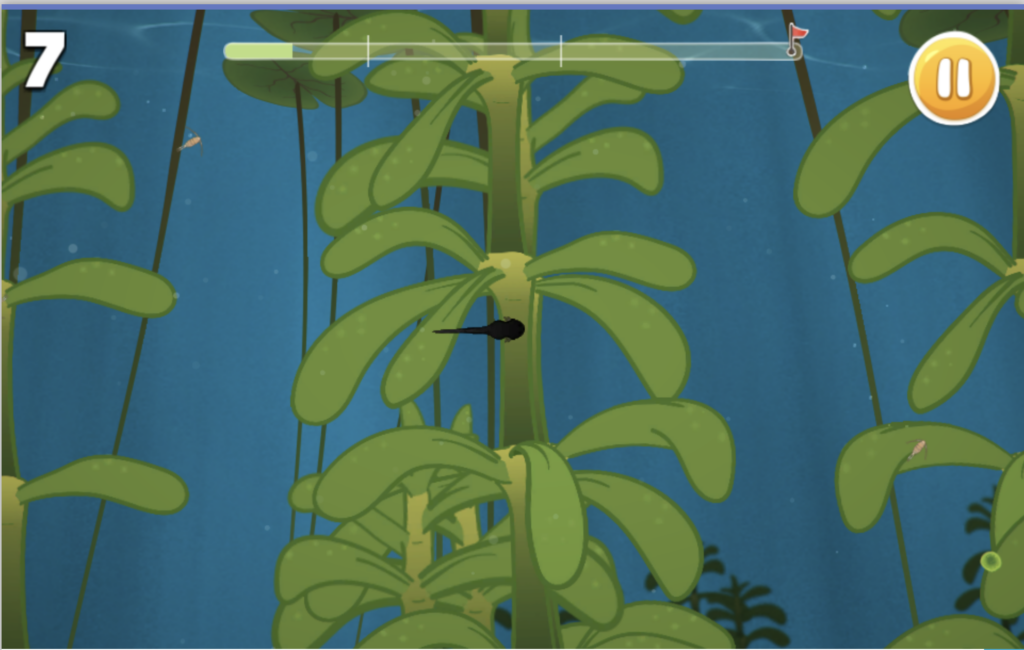
TaddyPole can be played for free on the following platforms:
TaddyPole is created by Winter Is Compiling
Other Games to Play
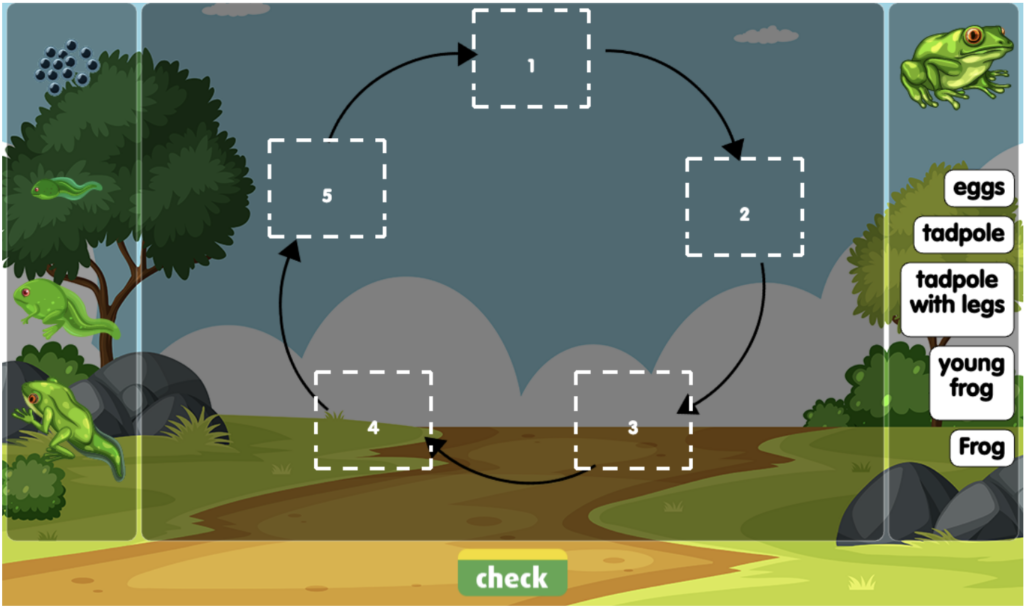
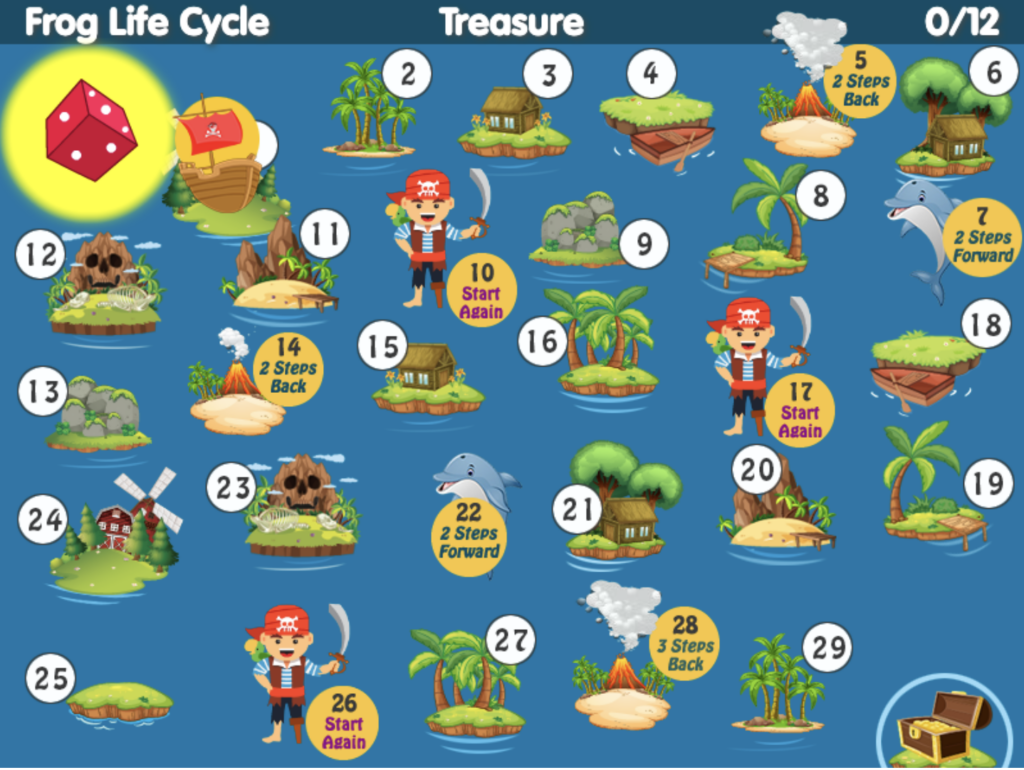
A short and simple science lesson for children. Learn about the life cycle of frogs and tadpoles.
Roll the dice to move along the board. To stay on your space, answer questions about the life cycle of frogs. Reach the end of the board to win!
Frog Cycle is created by TurtleDiary.
Life of a Frog is created by Ecosystem for Kids.




